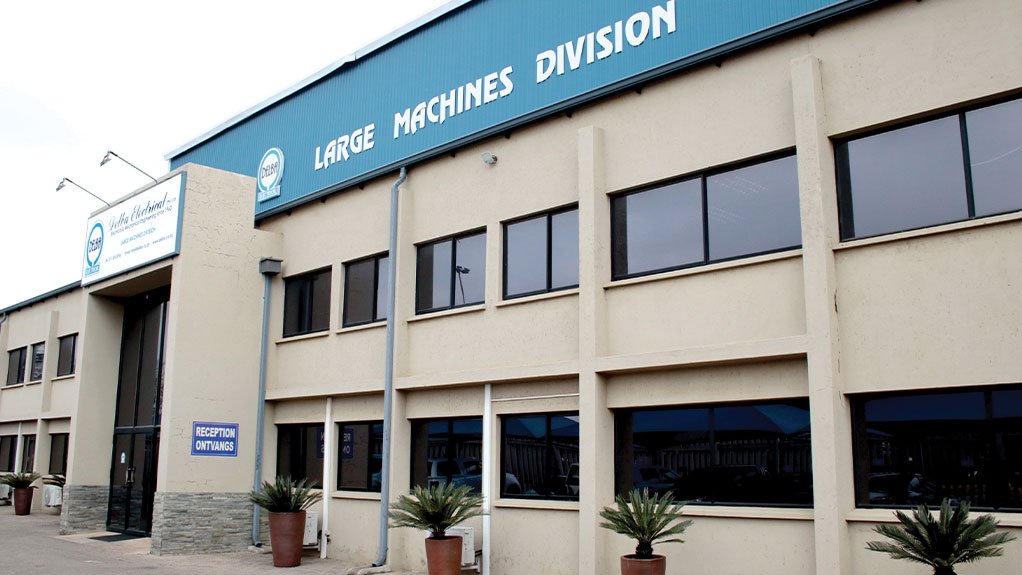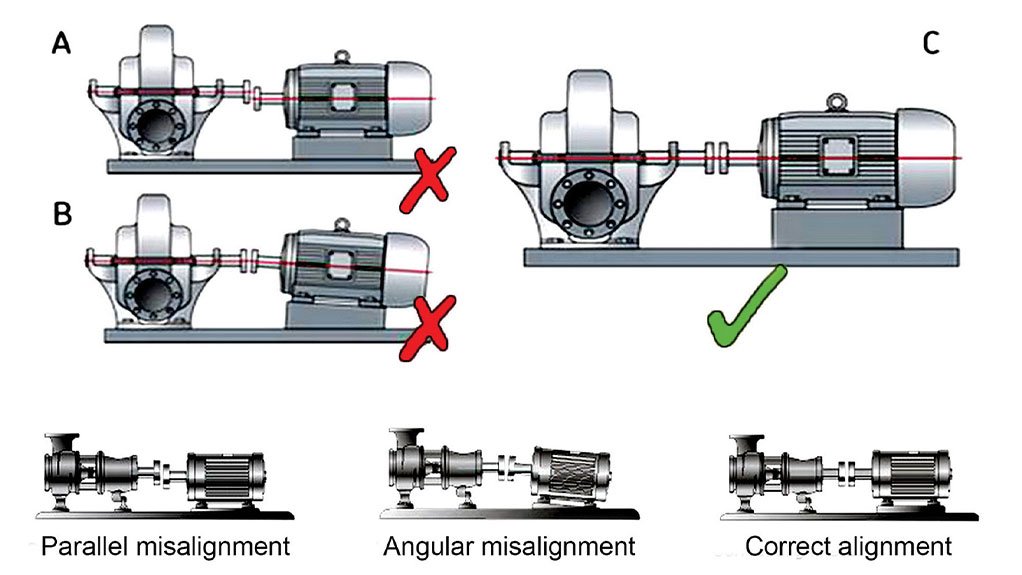In the world of electrical rotating machines, proper alignment plays a critical role in the longevity, efficiency and reliability of equipment. Misalignment, whether angular or parallel, is one of the leading causes of premature electrical rotating machine failure. It places undue stress on components such as bearings, seals and couplings, leading to accelerated wear and tear, decreased operational efficiency and costly downtime. By ensuring precision alignment, businesses can significantly reduce maintenance costs and extend the lifespan of their equipment.
Understanding Alignment and its Impact
Electrical rotating machine alignment refers to the process of ensuring that the rotational centerlines of the machine and the driven equipment are perfectly aligned. There are two primary types of misalignment:
Parallel misalignment: This occurs when the shaft centres of the electrical rotating machine and the equipment it drives are not in a straight line but are offset from each other.
Angular misalignment: This happens when the shafts are not parallel but are instead positioned at an angle relative to one another.
Even minor misalignment can have far-reaching consequences. The impact can manifest as increased vibration, noise, heat generation and higher energy consumption. Over time, these issues lead to accelerated wear on components such as bearings, couplings and seals. If left unaddressed, misalignment will eventually cause equipment failure, leading to unplanned downtime and costly repairs.
Reducing Stress on Components
Proper alignment significantly reduces the stress placed on key electrical rotating machine components. When misalignment is present, the machine’s bearings and couplings experience uneven loading, causing them to wear down faster. Bearings, for instance, are designed to handle specific loads. Misalignment causes off-centre loading, which results in excessive friction, heat and deformation of the bearings. Similarly, couplings that connect the electrical rotating machine to the driven equipment are designed to transmit torque smoothly. Misalignment creates additional forces that can lead to early coupling failure, reduced torque transfer efficiency and increased vibration.
By maintaining proper alignment, the load on these components is evenly distributed, reducing the likelihood of premature wear. This not only extends the lifespan of the components but also helps prevent breakdowns, ensuring smoother and more reliable electrical rotating machine operation.
Enhancing Efficiency
A well-aligned electrical rotating machine system operates with greater efficiency. Misalignment increases friction and resistance between moving parts, leading to energy losses. In fact, studies show that even slight misalignment can result in a significant increase in power consumption. The electrical rotating machine has to work harder to maintain the same level of output, which leads to higher energy costs over time.
Extending Lifespan
The combination of reduced stress on components and enhanced efficiency contributes to a longer electrical rotating machine lifespan. Proper alignment minimises mechanical wear, reduces heat buildup and prevents undue stress on bearings, shafts and couplings. This means that the electrical rotating machine operates under less strain, prolonging the time between necessary maintenance and overhauls.
Properly aligned electrical rotating machines experience less vibration, which also protects the foundations and surrounding equipment, further contributing to the overall longevity of the system.
Delba’s Expertise in Precision Alignment
At Delba Electrical, we understand the critical role that proper electrical rotating machine alignment plays in ensuring the longevity and efficiency of electrical rotating machines. Our repair and maintenance services are designed with precision in mind. We use state-of-the-art alignment tools, including laser alignment systems, to ensure that all motor and shaft alignments are perfectly calibrated to manufacturer specifications.
Our team of trained technicians meticulously checks for potential issues such as soft foot conditions, coupling misalignment and thermal expansion effects that could impact alignment. Additionally, Delba’s commitment to thorough post-repair testing ensures that all components are operating harmoniously before electrical rotating machines are returned to service.
By integrating proper alignment practices into our repair services, Delba helps customers reduce wear and tear, lower energy consumption and extend the lifespan of their electrical rotating machines. Our focus on precision and detail ensures that every electrical rotating machine serviced at our facility operates at peak performance, providing long-term reliability for our customers.
Edited by: Creamer Media Reporter
EMAIL THIS ARTICLE SAVE THIS ARTICLE
ARTICLE ENQUIRY
To subscribe email subscriptions@creamermedia.co.za or click here
To advertise email advertising@creamermedia.co.za or click here















